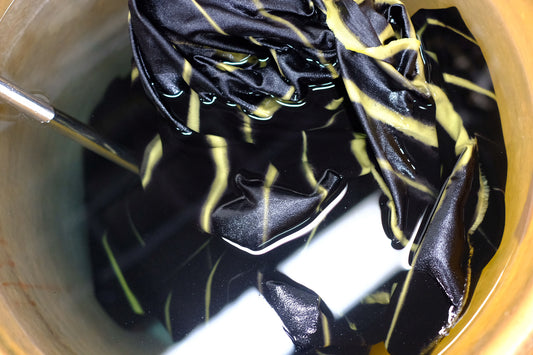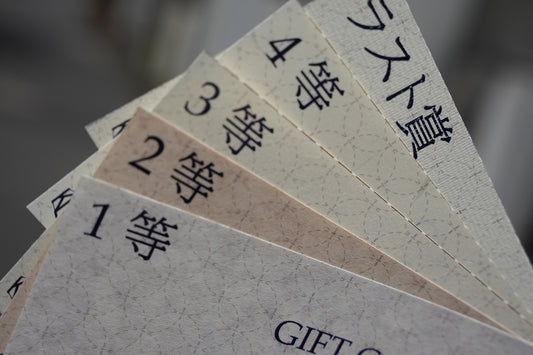“BORO” refers to worn and useless textiles and old, torn, or patched clothes.
Unlike today where people become affluent with goods, cotton textile was scarce for people 150 years ago. Especially it was not affordable by peasants living in rural coastal or mountainous area, therefore, they applied traditional stitching technique called Sashiko onto linen clothes to retain warmth and to make it strong. Today we see some of the techniques remain as Koginzashi in Tsugaru area, and Hishizashi in Hachinohe area, both in Aomori prefecture.
People who cannot afford a roll of cloth (approximately 10m) get remnant at big cities like Edo (former Tokyo), Kyoto and Osaka, and patched them together to make working clothes, blanket, and nightclothes. Once they are worn out or torn apart, people patched them together and strengthen the fabric by Sashiko technique.
People never waste the clothes, instead, they recycled them, turning clothes into under clothes, which then turned into floor mat or dust cloth, until the moment they return as small remnants after long years of usage. As people wore the same clothes through many generations, BORO is intimately entangled with the family history and memory and takes on indescribable beauty and power.
BORO is now gaining international recognition in today’s art scene. People appreciate the beauty and power of BORO, in the way they value the abstract paintings and BORO is becoming English word.
We were extremely attracted to BORO because of its history, background, and people’s lives of that time.
Instead of simply repairing the BORO, KUON creates new pattern from scratch, disassembles the textile into pieces, and reconstructs in order to turn it into modern fashion.
Instead of being bound by traditional and nostalgic way of thinking, KUON always seeks for new fashion and challenge to create a new value.




